The healthy aspect of many Vietnamese traditions and festivals is perhaps most exemplified by the Đoan Ngọ Festival, which is celebrated on the fifth of the fifth lunar month.
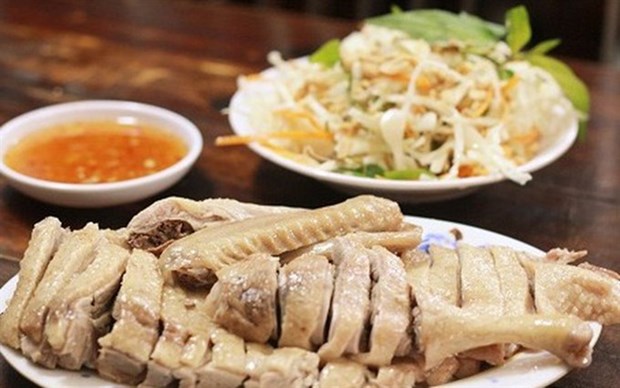
Succulent, yet savoury: Duck meat. — Photo sohacdn.com
What
makes this festival special is that the food prepared for it has the specific
objective of getting rid of worms inside the body.
Tradition
has it that the human body, particularly the digestive system, tends to host
worms that can do harm to health if they are not eliminated in time.
It
is believed that their growth peaks during summer noons, thus the timing of the
festival on the fifth day of the fifth month of the lunar year, a day that
marks the beginning of the hottest days of the year and the outbreak of many
diseases.
Fermented
sticky rice and summer fruits like litchi or plum are the most popular dishes
that Vietnamese across the country enjoy during this festival, for eliminating
worms and refreshing their bodies. However, there are also dishes that vary
with regions. For example, while the tro
cake is had in the north, people in the centre eat duck meat and in the
south, chè trôi nước (floating
rice-ball pudding) is festival fare.
The
tradition of eating such foods for the Đoan
Ngọ Festival has been maintained by the Vietnamese for generations, and
become an intrinsic part of the nation’s culture.
There
is an interesting myth associated with the Đoan
Ngọ Festival. One year, farmers were celebrating a bumper crop when there
was a sudden outbreak of worms that destroyed all the harvested fruit and food.
As the farmers struggled to get rid of the destructive worms, an old man
appeared.
He
asked the farmers to prepare trays of simple offerings, including rice cakes
and fruit then perform certain rituals in front of their houses. After
following his advice for a while, all the worms disappeared. The old man
cautioned the farmers that the worms would become very aggressive that one day,
and asked the villagers to follow his advice every year to eliminate them. When
the farmers were about to express their gratitude to the elder, he disappeared,
mysteriously.
Since
then, the day is called the worm-killing festival. It is also called the Đoan Ngọ Festival, "Đoan" meaning the beginning and
"Ngọ” meaning noon.
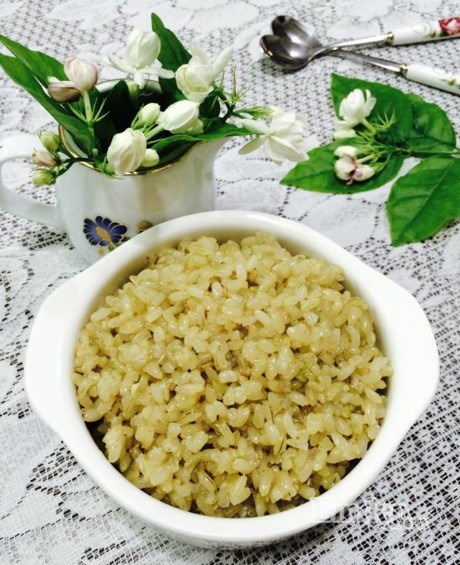
Sticky, but not icky: Fermented sticky rice is one of the most popular dishes across Việt Nam during the Đoan Ngọ Festival. — Photo zadn.vn
Fermented sticky rice
This
is one of the most popular dishes across Việt Nam during the Đoan Ngọ Festival. The strong smell of
the sticky rice, combined with the hot taste of wine, is believed to have the
power to kill all the unhealthy worms in the body.
The
dish is easy to prepare but it needs a special kind of alcohol yeast to make it
both delicious and healthy. It is made with black glutinous rice or brown
glutinous rice. After it is cooked, the rice is left to ferment (with yeast) in
hot weather for one or two days. The dish can be a bit spicy but its sweetness
still lingers for long on the tongue.
Each
region has a different way of making fermented sticky rice, but all the
versions are delicious.
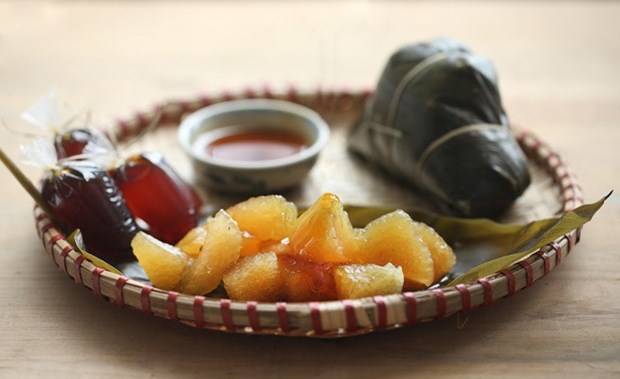
Sweetest treat: Tro cake. — Photo chuadida.com
Tro Cake
Besides
fermented sticky rice, tro cakes is a
dish that one can find plenty of in markets across the country during the Đoan Ngọ Festival. The cakes have
different names in each region, like ú,
gio and âm, and their shapes also
vary.
The
small cake, cylindrical or triangular, are not easy to make, requiring great
care in every step from choosing the rice to soaking it in the special water
that uses ashes of burnt rice straw. But once the cake, which has a strong,
ashy smell, is had with molasses, people are eager to eat it again.
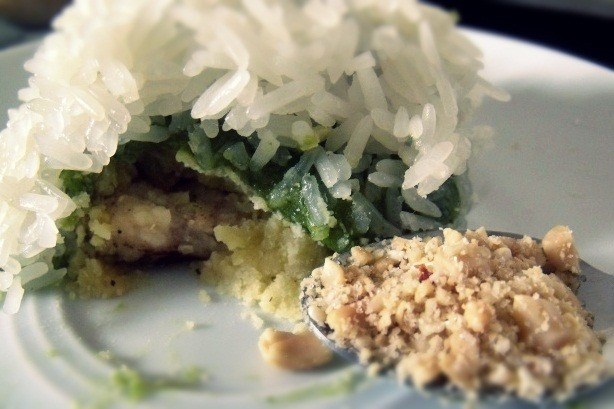
Ball of fun: Khúc cake is a rice ball made of glutinous rice mixed with cudweed (khúc), its most important ingredient, and filled with green bean paste, pork and spices. — Photo tapchicongso.vn
Khúc cake
Khúc cake is a Đoan Ngọ Festival specialty of the Nùng ethnic minority in northern Việt Nam. It is a rice ball made
of glutinous rice mixed with cudweed (khúc),
its most important ingredient, and filled with green bean paste, pork and
spices.
The
cake can be steamed or fried, according to taste, but the most popular version
is dipped and “rocked” in the cooking oil to give it a glossy, inflated look.
With the cudweed fragrance, softness of the filling and slightly buttery taste
of the sesame, this is a gourmet dish.
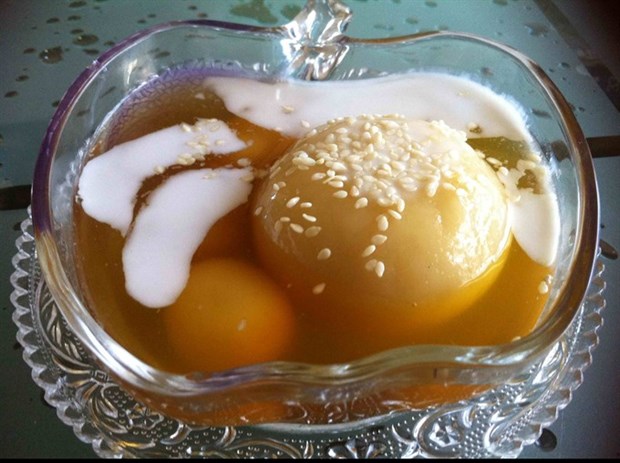
Moist marvel: Dessert wading in water is a festival specialty in the southern Đoan Ngọ Festival. — Photo thegioiphunu.net
Duck meat
An
indispensable Đoan Ngọ Festival dish
for people in central Việt Nam is duck meat. It is believed that duck meat has
nutritious, cooling properties that make it ideal for hot summer days. Another
reason is that the festival marks the beginning of the duck season, when the
fowls become fat and tasty, and do not have the usual unpleasant smell.
The
duck meat is cooked into various dishes, including boiled duck dipped in a
ginger-flavoured fish sauce, brined duck or duck simmered with sấu (dracontomelon) fruit. No need to
elaborate on this, right?
Floating rice-ball
pudding
For
the Vietnamese people in the south, floating rice-ball pudding is the special
festival dish, unlike the Vietnamese in the north typically have it on the
third day of the lunar year.
The
pudding is made of glutinous rice filled with mung bean paste bathed in clear
or brown syrupt. It is generally warmed before eating and garnished with sesame
seeds and coconut milk. Its buttery sweet taste combines very well with the spicy
warm taste of ginger.
By Phuong Ha/ VNS